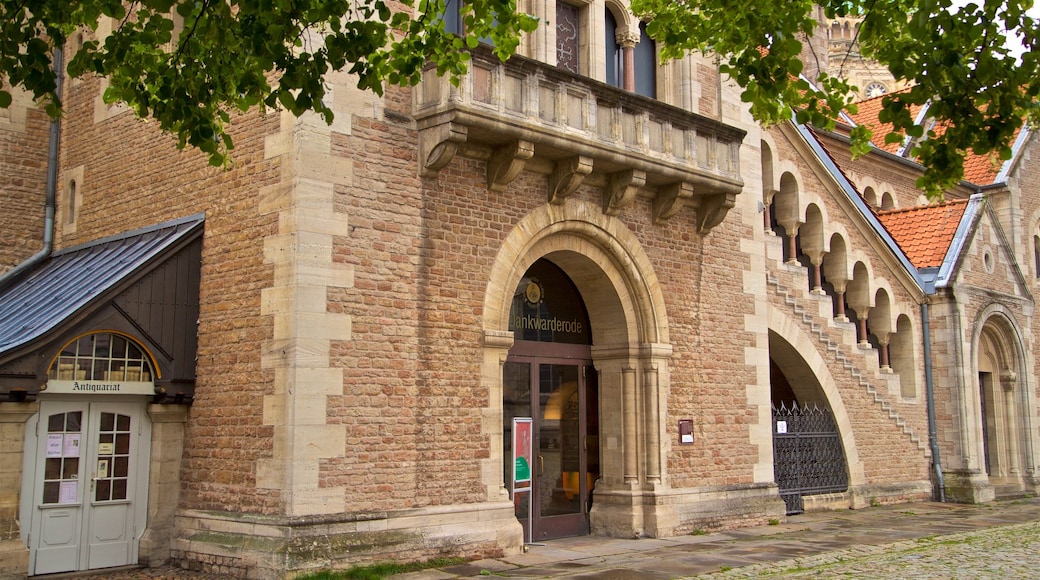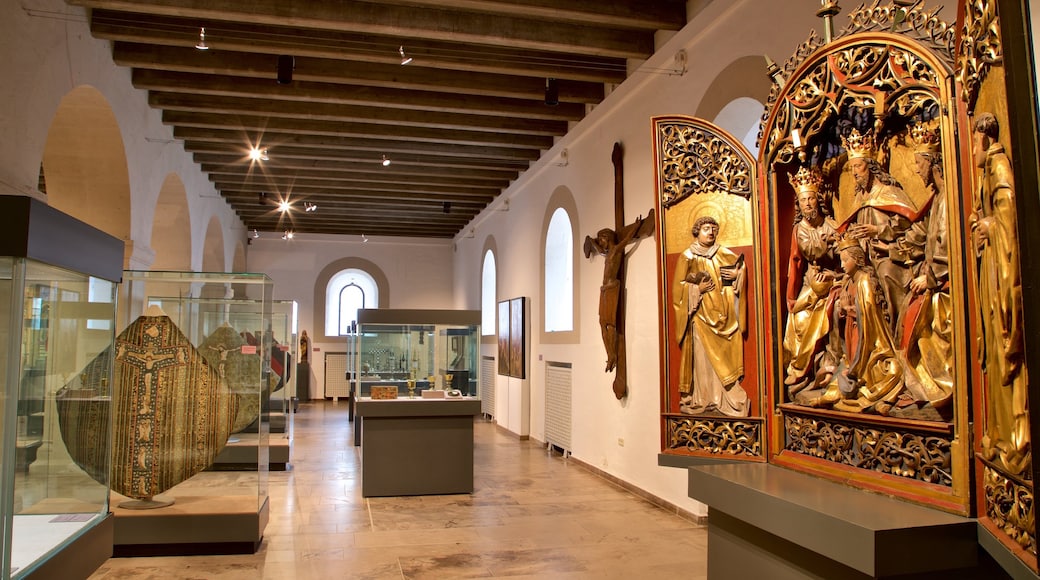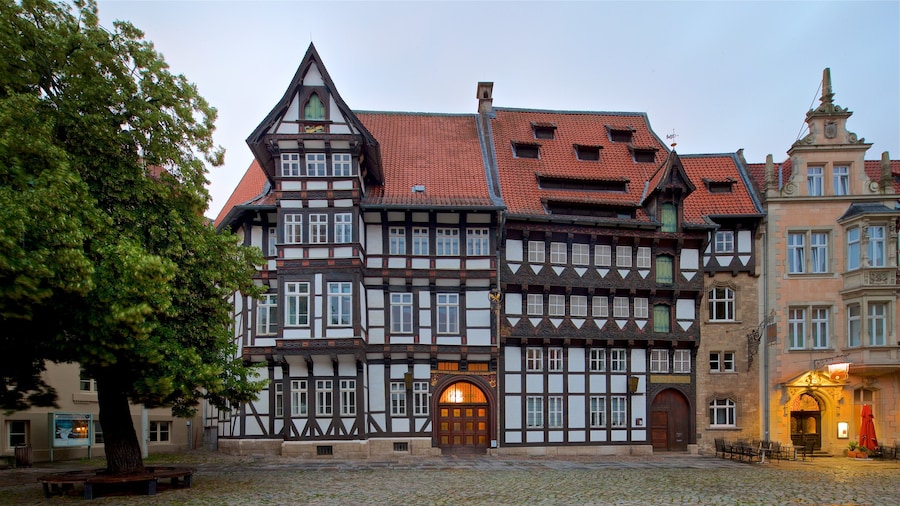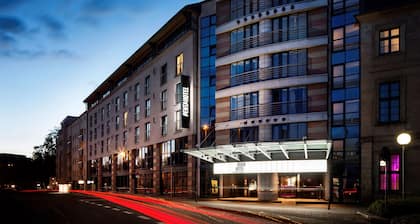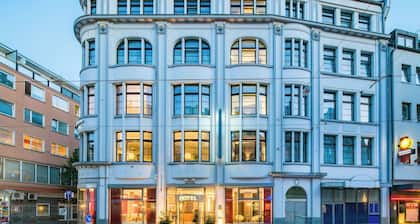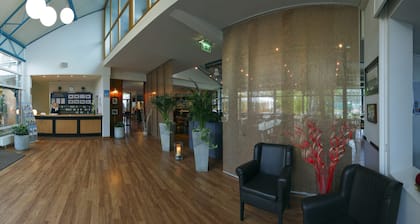Inspired by imperial palaces, Henry the Lion commissioned Dankwarderode Castle in the 12th century. It went on to be the residence of succeeding dukes for centuries. Today, explore its ancient halls and check out the Herzog Anton Ulrich Museum’s medieval collection that is housed there.
Dankwarderode Castle was built around 1175, but it was completely rebuilt at the turn of the 20th century following severe fire damage and multiple alterations. The final product, which was completed in 1906, is a structure that remains remarkably true to its medieval history. Admire its austere stone exterior, arched windows and distinctive red roof.
Inside, walk into the grand hall of Dankwarderode Castle, which is now home to an outpost of the nearby Herzog Anton Ulrich Museum. Check out the medieval artifacts within, including paintings, tapestries and altar pieces. Intricate priests’ robes are another standout attraction of the collection. While most of the items on display are religious in nature, there are also other artifacts, such as coins and weaponry.
The centerpiece of Dankwarderode Castle is the Braunschweig Lion. While its copy stands outside in the square, see the original bronze statue in the middle of the hall. It was created around 1166, at the height of Henry the Lion’s reign over Saxony and Bavaria. The Braunschweig Lion was installed shortly after he took up residence in the castle. Today, the lion is an iconic symbol of the city.
Go to the top floor of Dankwarderode Castle, which has more stunning artwork on display. Look out the windows for nice views across the square.
Although you can admire the exterior of Dankwarderode Castle any day or time that you wish, its opening hours vary. Check with the entry office for a current schedule and entry rates. If you visit the full Herzog Anton Ulrich Museum in the same day, take advantage of the ticket deal they offer.


